So many people want a Bible that reflects God’s heart for honouring and respecting women.
But with so many Bibles offering biased translation work that elevates men over women, it can be hard to decide on which Bible is the best one to learn from.
With Christmas coming up, buying a new Bible for your child, your sister, or even yourself can revitalize your faith!
So today, I thought that I would take some time to share a few of the Bibles I’ve found that you may appreciate. And thank you to our sponsor, Ever AJ, whose Bible cases make an awesome partner to these lovely, accurate Bibles I’d like to introduce you to.
What To Watch Out For In A Bible Translation
We are blessed to have a number of scholars today who have done the hard work of discerning helpful translations from the harmful ones. When I refer to “harmful” translations, I am specifically discussing those translations that, intentionally or unintentionally, place men in a hierarchical position above women. This is harmful for two reasons:
- Putting men in positions of authority or others also gives them power that they would not otherwise have. This position of power can enable all kinds of abuse and misconduct that, when done in the name of God, isn’t just harmful but it is also blasphemous.
- When translators project their own biases or beliefs onto the words of the Bible, they have gone beyond what the actual Scriptures teach. Worse than that: they are putting words in God’s mouth that He never intended to be part of the Bible.
The ESV, for example, is full of passages that can be read as prooftexts to give men power over women that God did not actually give them.
I’m indebted to my friend Marg Mowczko, who has done so much work on accurate translations of passages about women. I’d like to summarize here her takes on different translations, since she’s far more qualified than me to make these pronouncements!
Here’s what Marg Mowczko says about how sexism can impact translation choices:
Most English Bibles, including the ESV, are reliable and trustworthy in how they translate verses and passages that pertain to the doctrine of salvation. The same cannot be said about how they translate verses that pertain to women in ministry. Some Bible readers are not aware that many women are mentioned in the New Testament as ministers and leading figures in their churches. This is because English translations have often obscured or downplayed the passages that mention these women. The English Standard Version (ESV) and the New Living Translation (NLT), in particular, are notorious for downplaying the ministries and roles of New Testament women in their translations.
What To Look For In A Good Bible Translation
Now that we’ve discussed a little bit about why it is dangerous to trust Bible translations that promote complementarian or hierarchical doctrines, let’s talk about the green flags you can look for when choosing a new Bible.
1. Does The Translation Honour Women?
By this, I mean: does the translation acknowledge the humanity of women and girls and afford us the same rights as men to approach God directly, rather than pushing us into positions of subservience or submission that God never intended for us?
If the Bible that you are reading at all suggests that a system of spiritual power in which the husband is to submit to God while his wife and daughters submit to him (making him a de facto savior to those women), then chances are good that you’ve found a bad translation.
2. Does The Translation Use Universal Language Like “People” or “Human”?
Gender inclusive translations, by definition, include women. But translations that insist on using terms like “man” or “mankind” when the language really refers to all of humanity are either deliberately or unintentionally excluding women from God’s promises. Here’s a quote from Marg Mowczko on how language choices impact the teaching:
In the famous Christological passage in Philippians 2, Jesus’ humanity is referred to twice in the Greek, but the NIV and ESV, as well as the CSB, only refer to his “human-ness” once. The NASB 1995 and KJV (which are older translations) use the word “man/men” twice each. The NRSV and Common English Bible (CEB) don’t use “man/men” at all. Compare the following translations of Philippians 2:7b-8a (I have underlined the masculine words and I have italicised the gender-neutral, inclusive words):
- … being made in the likeness of men. Being found in appearance as a man … NASB 1995 cf. KJV
- … being born in the likeness of men. And being found in human form … ESV
- … being made in human likeness. And being found in appearance as a man … NIV 2011
- … taking on the likeness of humanity. And when he had come as a man … CSB
- … being born in human likeness. And being found in human form … NRSV
- … and by becoming like human beings. When he found himself in the form of a human … CEB
Which Bible Translations Are Best?
When you are looking for a good study Bible, the most gender-inclusive translations at this time appear to be the NRSV and the CEB. (And I use the NRSV!) Both of these translations have hired scholars who have shown invested interest in respecting and honouring women and respecting the original meaning of Biblical authors.
A few other Bible translations Marg Mowczko feels are worth considering are:
- NIV 2011,
- The NET Bible (comes with some translation issues but has some very good study notes),
- CSB (very accurate Bible and great for study, but does have a slight bias against female ministers)
(And here I am with my NRSV Study Bible, in the awesome Bible case from our sponsor Ever AJ. This one has removable purse straps if you want to use it as a cross-body bag, to bring with you to Bible studies, etc.!)

Let’s go back to Marg for one more quote:
From the few examples given, the NRSV and CEB have shown that they are committed to gender-accuracy, gender-inclusivity, and gender-clarity. The style of the CEB, however, makes it much, much, easier to read than the NRSV. Both are excellent translations; nevertheless, it is beneficial to read from several recent translations if available, as no translation is perfect.
Here Are A Few Suggestions for Awesome Bibles in Good Translations
We went to Amazon and took a look for some of the best Bibles in the translations that honour women. I wanted to find ones with wide margins for note-taking, because that’s my personal preference. If you want a personalized Bible that means something–you need to have space to write (or colour or draw!).
So here are a few good ones we found!
The CEB Study Bible
A beautifully laid out study Bible with lots of footnotes and commentary and explanation. Beautifully laid out!
It’s a hardcover Bible with single column format to read more like a book.
NRSVue Artisan Collectors’ Edition Bible
This Bible is simply gorgeous. The cover has lovely artwork, and then on the inside there’s lots of wide margins to leave notes.
It’s quite inexpensive, too! (I personally use the NRSV and love it!)
CSB Notetaking Bible
Here’s another lovely hardcover choice, in a single-column format, with so much extra room for journalling and notetaking.
Honestly–this would be such a lovely Bible to pass on to your kids one day, too, with all your notes on your favourite passages.
NET Bible Journal Edition
This imitation-leather Bible is extra wide to allow room for journalling and notetaking too.
It’s a lovely format!
NIV Side Column Reference Bible
For those of you who love the NIV, here’s a personal sized one that’s easy to carry around with wide margins for note taking.
Because it’s personalize sized, the type is a little smaller. But it’s teh most inexpensive on our list!
Special Bible: Dyslexia Friendly
CSB Dyslexia Font Bible
They’ve recently developed a font that is easier for people with dyslexia to read, and used it in this CSB imitation leather Bible!
So if you or someone you love has dyslexia, this may be a great Bible to give them to ease reading.
Need a Bible Cover to go with your new Bible?
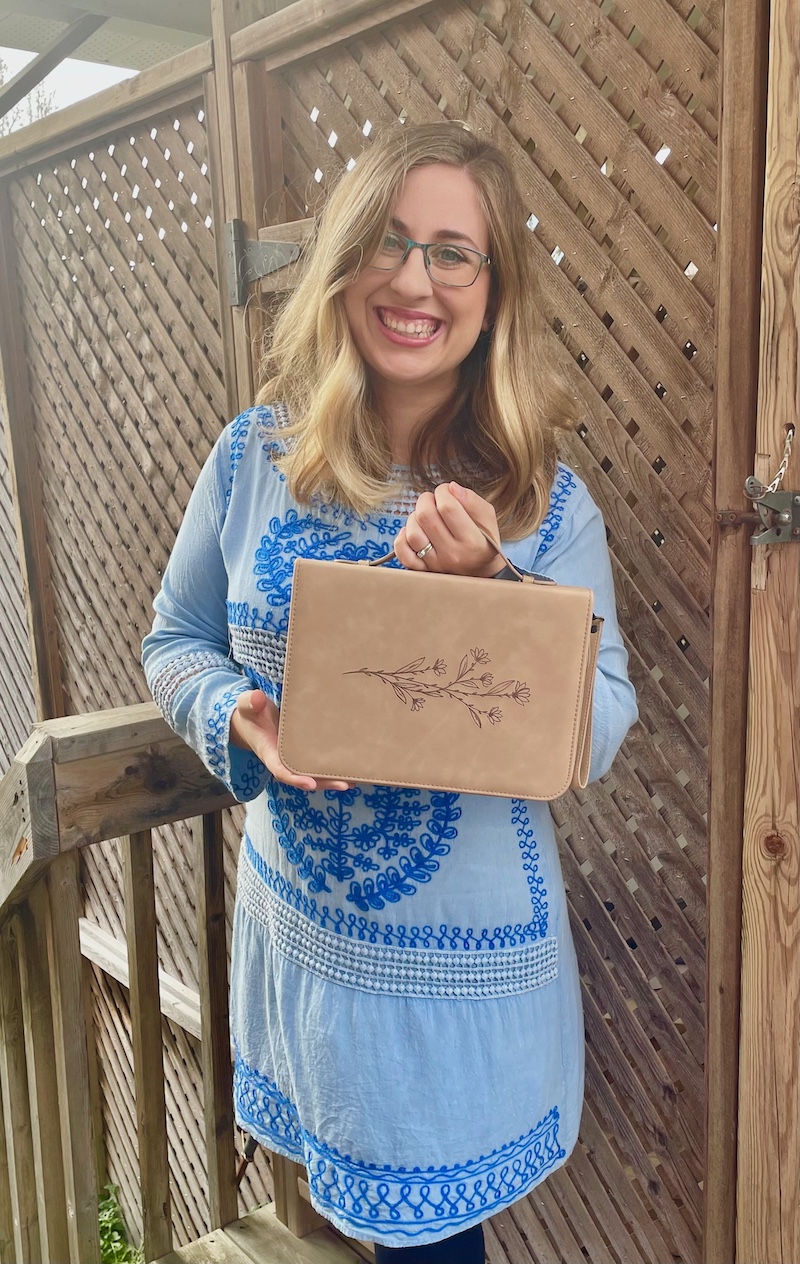
We’ve been loving the Bible covers our sponsor, Ever AJ, sent us! They have lovely cross-body purses, wristlets, or just general covers that make your Bibles look gorgeous, while protecting the pages from getting torn or folded.
And each Bible case has a slot for journals, pens, pencils, and more!
With thanks to “Ever, AJ” Bible Cases and Bags: our sponsor!
These gorgeous cases, wristlets, bags and purses to carry your Bible, notebooks, pens, etc. are just gorgeous. And they’d make great Christmas gifts too!
“Absolutely obsessed with this gorgeous Bible case. The material is so soft and the color is so beautiful; the perfect neutral color. Do not hesitate on buying this; you will love it!”
– B. Blalock
Check out the beautiful designs and products from Ever, AJ!
It’s important to enjoy your Bible.
Seriously, you’re allowed to ask yourself, “do I enjoy this Bible?” Often we think of Bible time as a chore, and so if we don’t particularly like our Bible translation, we don’t necessarily notice that something is off.
But you’re allowed to enjoy your Bible time.
And a translation that makes you feel seen and included may aid with that–as well as a new Bible cover!
So think about getting a new Bible this Christmas. Maybe you need to buy something for yourself–or email a link to this post to your spouse, your mom, or whoever has your name in the Christmas present draw!
Which Bible translation do you like best? What do you look for in a Bible? Let’s talk in the comments!

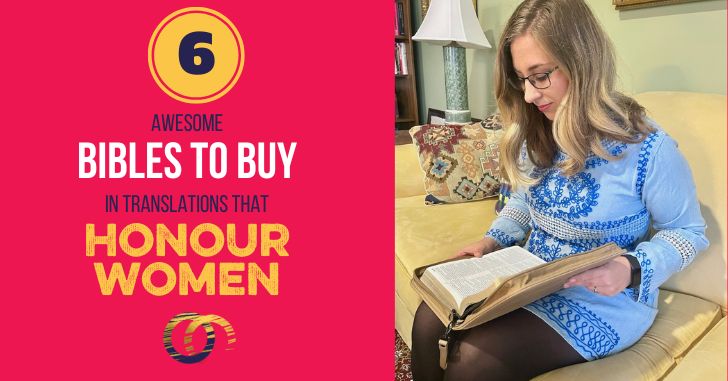
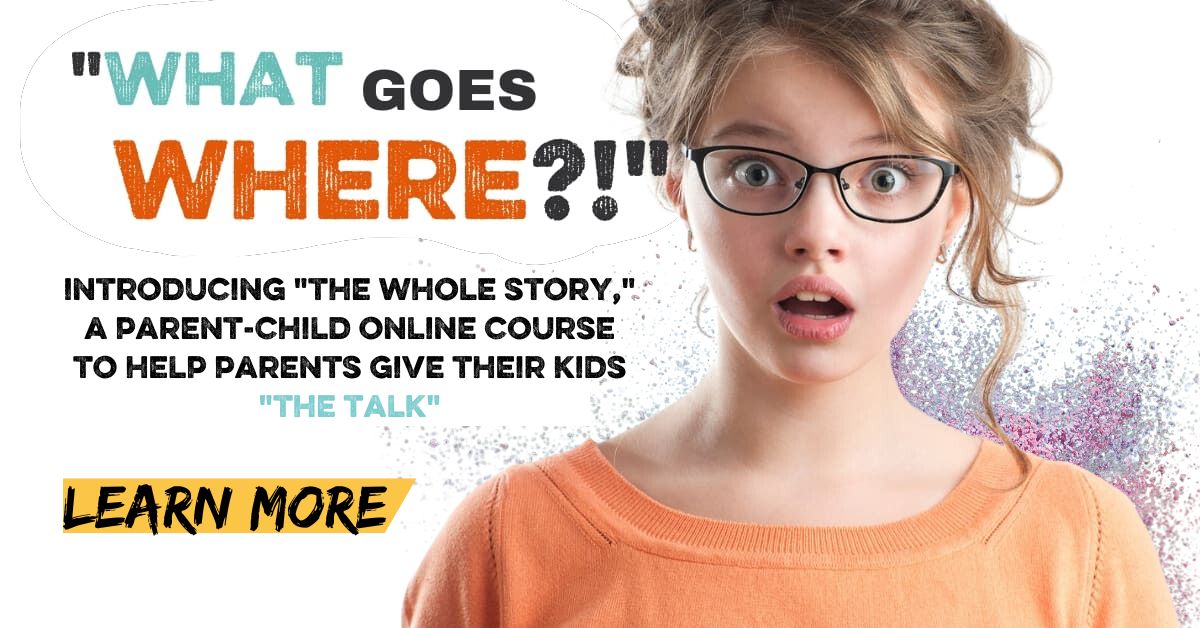
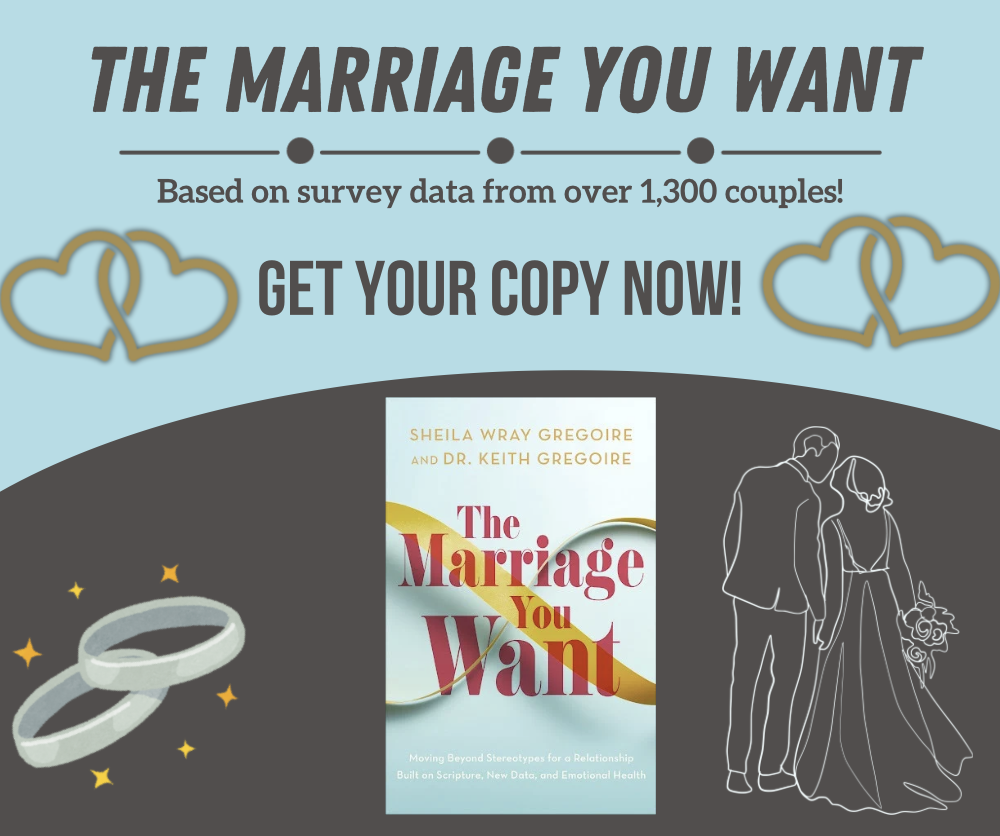
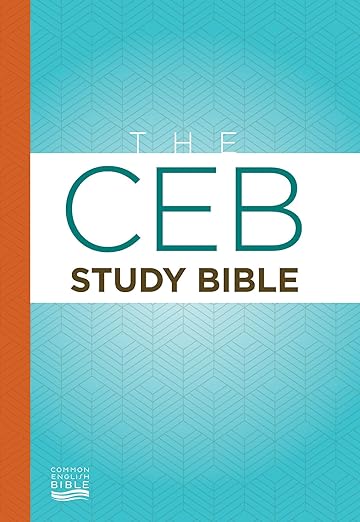
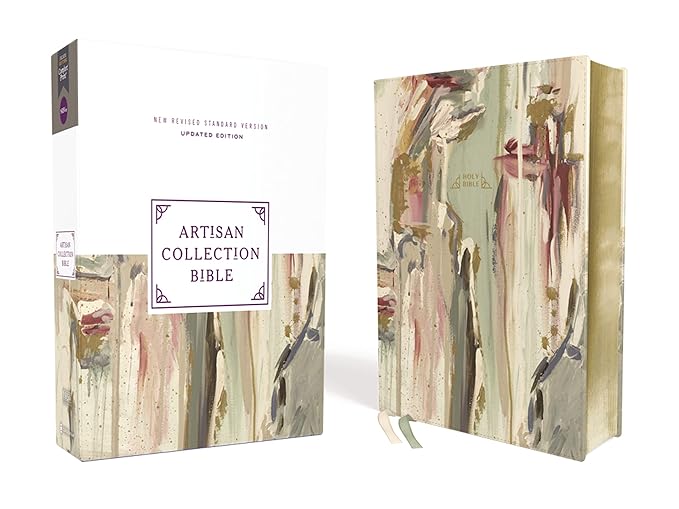
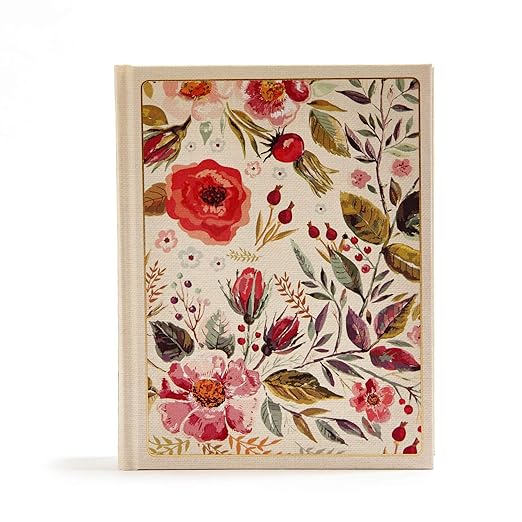
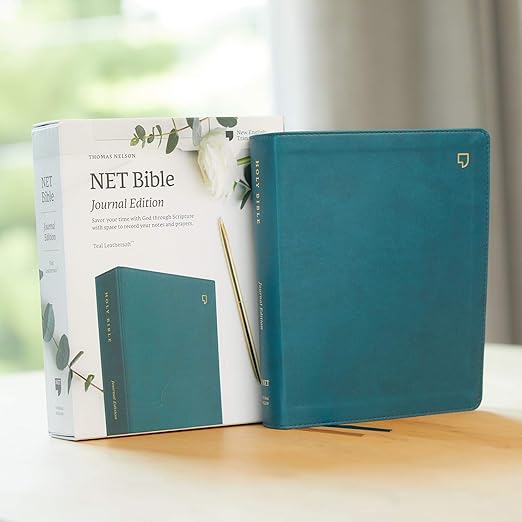
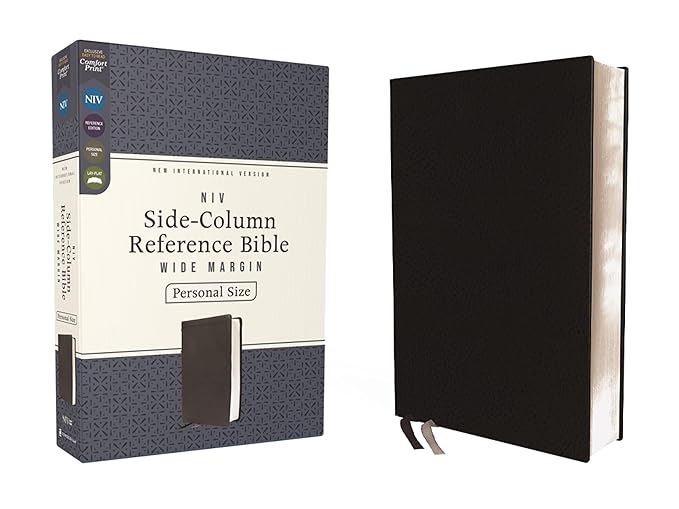
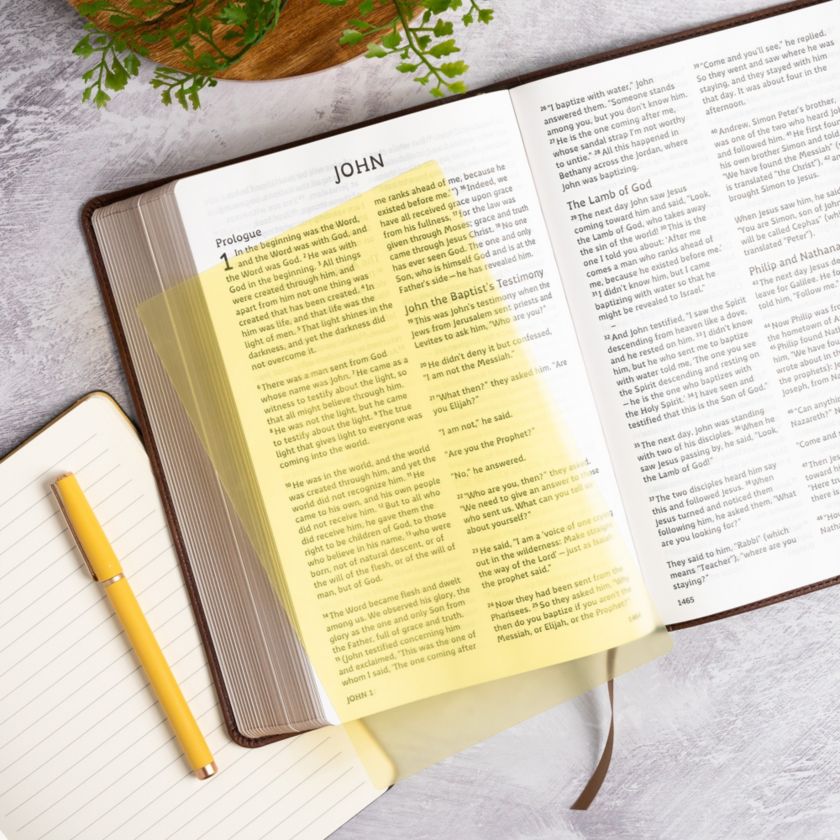
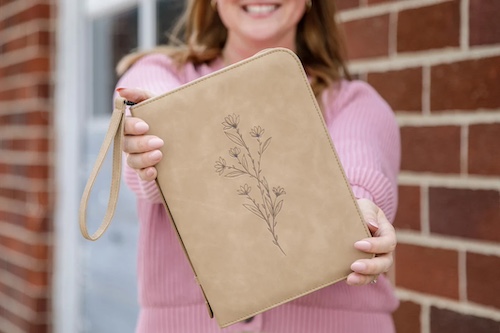



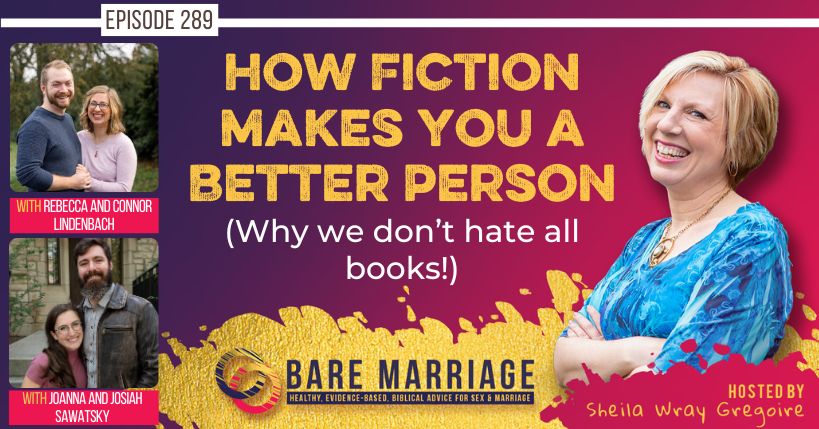
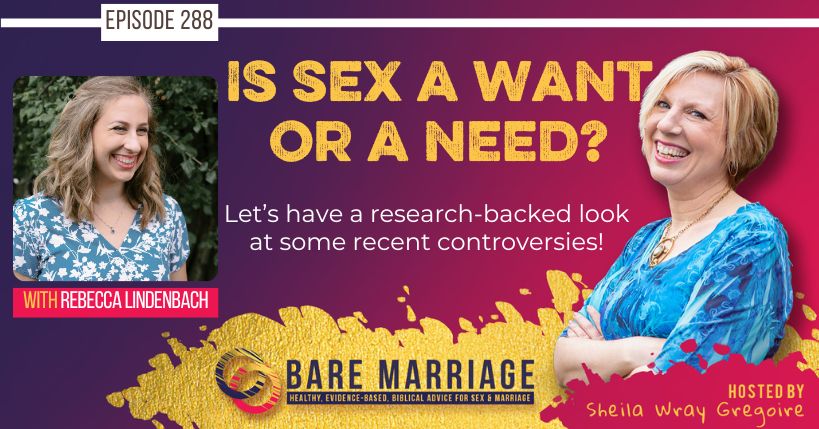
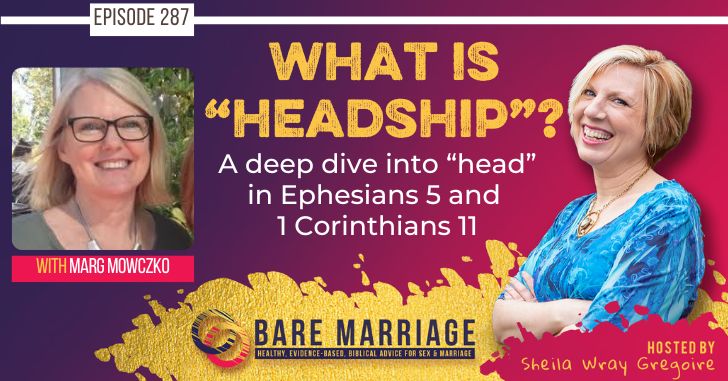
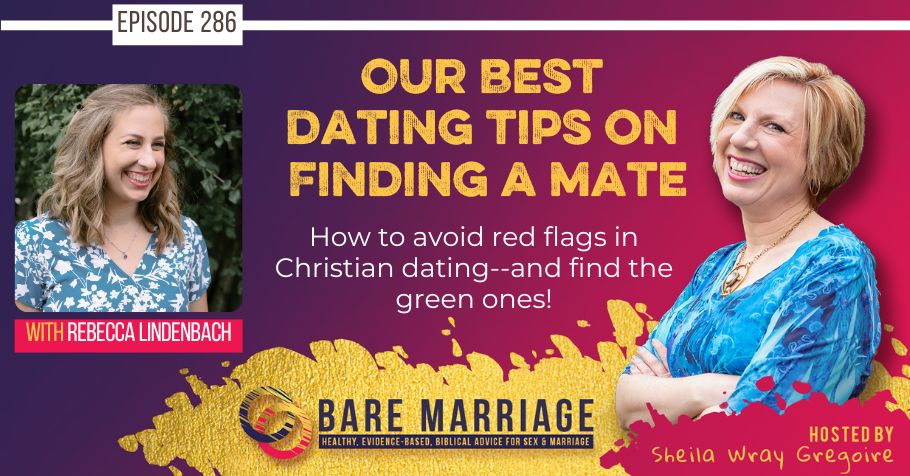
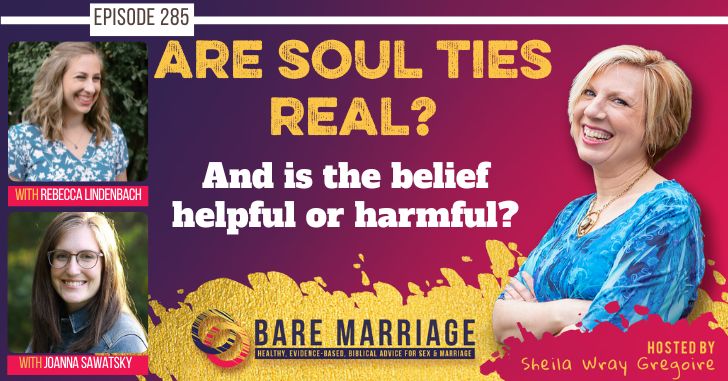
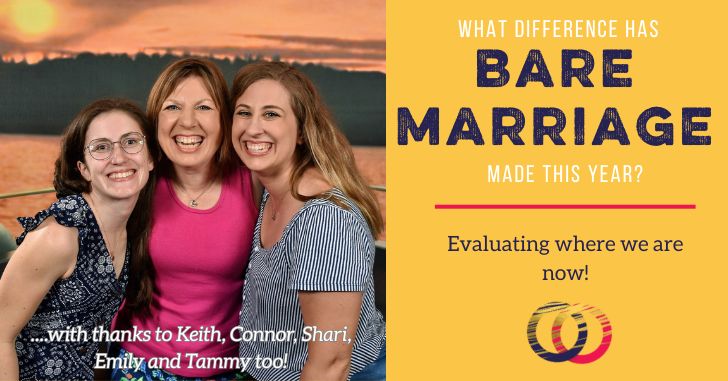

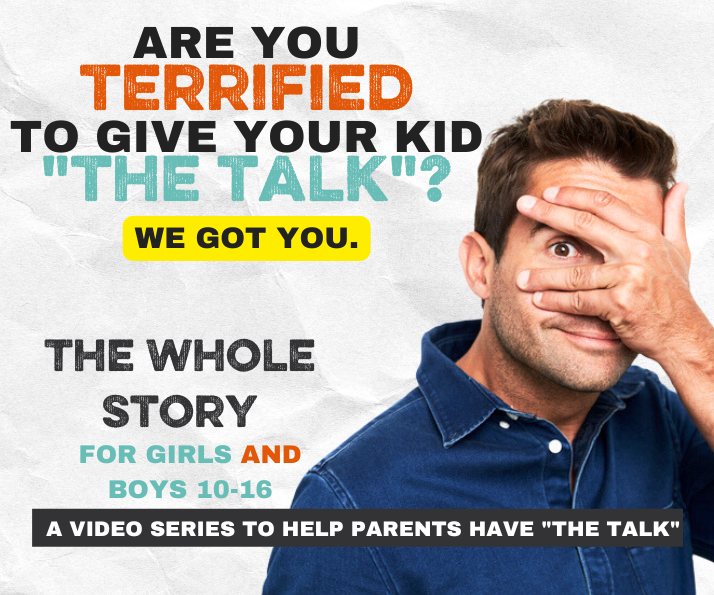
Getting a proper translation of the Bible is only half—or a third, or a quarter, or a tenth—of the battle.
The rest of the battle is erasing the tapes in our heads. We’ve heard years’ or even decades’ worth of sermons, been in the Bible studies and small groups, went on ladies’ retreats, and read scores of books that all pushed the mistranslations as God’s own word to and will for women. Plus all the corresponding, downstream interpretations that flow from those mistranslations.
How do we erase all that?
Because I’ll tell ya, I have a MAJOR **visceral** reaction to even just THINKING about reading the Bible. How do I hear God’s actual voice when I have over thirty-seven years of crap teaching buried deep in my brain, my heart, my soul?
Any resources on that? 🤔
Yes! One excellent source is Eitan Bar books. He’s a Christian Israeli scholar and has YouTube videos and a large amount of books he’s been publishing and I’ve been reading, for regular people, deconstructing tons of toxic fundie teachings. He was actually fired from One for Israel for changing his mind on calvinism and opposing it. He has a lovely book on the Prodigal Son story about God’s love, and explosive ones I just finished on Hell, and one called Divine Abuse? Some of his audiobooks are on Hoopla, but Amazon has all his stuff.
Since he was raised in and went to fundagelical colleges, he really gets it. But he also has the scholarly education to really demolish it, as a Jesus follower who wants to promote healthy theology.
I also recommend Idol Killer and Disciple Dojo on YouTube. Bless you on your journey! It does take a few years.
Thanks so much, Angela! I (and many others, no doubt) will be checking these out.
So, for a couple of years I’ve been reviewing all general study Bibles for what the notes say about women, and although they’re aren’t any without some warts, there are some significantly above other ones out there. List not in any particular order, and Disciple Dojo has reviewed many of these on his channel. In some of them I’ve put my review in his comment section. I don’t know of anyone
NELSON NKJV study Bible
NIV First Century Study Bible
The NIV Archaeological SB
The Cultural Backgrounds SB
Life Application Study Bibles
CSB Baker Illustrated SB
Wesley Study bible (NRSV or CEB)
NIV Reflecting God Study Bible (also Wesleyan)
The Christian Growth SB
YWAM study bible
The Timeline New Testament
CEB study Bible
NIV God’s Justice Bible
The Source NT
The Jewish Study Bible
The Complete Jewish SB
NLT Every Woman’s study Bible
Some of these are unfortunately out of print, but most are available on ebay or in the Olive Tree Bible app for purchase, and possibly other apps as well like Tecarta and Logos.
I think it may be a generational thing, but I really dislike Bibles that have study guides or commentaries incorporated into them. Partly, I want to be able to concentrate on the text first, and once I’ve spent some time thinking about it, THEN look at what other human beings have to say about it. And the other thing is that if you have your study guides and commentaries incorporated into the Bible, you are stuck with just that one interpretation and commentary instead of listening to many voices. But then when I got my first Bible, in-Bible commentaries and study guides were not a thing.
As for what I look for in a Bible, clear text is the main priority because I don’t want to have to squint at my reading! I like the Bibles that have maps in the back and a basic concordance can be useful too. As far as translation goes, modern translations should avoid gendered phrasing where it is not indicated in the original text (don’t have an issue with older translations doing this, because back then, everyone knew that ‘man’ meant ‘human’), but I really don’t understand the issue with describing Jesus as a man because that is how he appeared on earth. Saying that he should be described as a ‘human’ instead of a ‘man’ because describing him as a ‘man’ is excluding women is going too far. If anyone has issues with our Saviour coming to earth as a man instead of as some gender-neutral being, then I think they have completely missed the point.
Angharad,
I agree about disliking commentaries, etc. in a Bible. No shade on anyone who does, but it’s too much for my brain. I want to read the text then switch books for the additional content. I got an NIV study Bible when I was 14 and found it frustrating to have my attention drawn away from the text by the boxes and other content.
Relatedly, I grew up thinking that I disliked non-fiction books. I now realize that it is the formatting of non-fiction made for children that annoys me. A photo here, a call-out box there, some other “feature” over there, and the main text sprinkled through in such a way that is almost impossible to read fluidly. I want to get absorbed by the text. I can’t do that when the text is interrupted every sentence.
I’m curious if people who came of age in the internet age are more comfortable with having their attention pulled in 6 directions at a time. I’m in my 40s and didn’t use a computer until high school. My most formative years were spent reading long-form books, primarily mid-20th and 19th-century literature. I’m curious if that shaped my brain and preferences differently than people whose formative years were filled with flashing lights, hyperlinks, and sidebars.
You might have a point there – I was given one of those study Bibles a few years back and it lasted about a week before I gave it away, but I didn’t encounter a computer until my last term in primary school, and then it was for one very brief lesson a week. Plus we didn’t have a television, so I was used to spending huge chunks of time reading.
“If anyone has issues with our Saviour coming to earth as a man instead of as some gender-neutral being, then I think they have completely missed the point.”
Well, yes, and no. I would have agreed with you until I attended a “community” sunrise Easter service this spring, hosted by a local church.
It was very creepy on a number of levels, and then at one point the preacher stated (I’m paraphrasing from memory): “Everyone out there who’s trying to change history, listen up! God chose to come to earth as a MAN and to die as a MAN very specifically. This means that Jesus came to earth for men and died for men. Salvation comes through a man for men.” (It was pretty clear that church believed that women only existed to enable/serve men and produce more future men.)
I am not sure if he was trying to bring more men into the church or what, but at this point I very nearly got up and walked away (except the exits were all blocked by burly men from that church).
I agree with you that historical Jesus was a man. I have struggled a lot with why God chose to come to earth as a man and not a woman, and what that means for my understanding of God and salvation. The best answer I can give myself is that presenting as/being a male at that time was the best chance for the messenger to survive into adulthood and be able to preach and teach with some degree of freedom.
There is a fair bit of literature/commentary out there from quite orthodox Catholic and Protestant writers, going back a long time, arguing that Jesus contained both “the masculine” and “the feminine” (e.g. Jesus as mother). They do not mean that Jesus was literally intersex (our concepts of multiple narrow gender/sex categories are very recent, anyway) but that, as fully human as well as fully God, Jesus contained all human emotions and traits.
In any case, the gender of historical Jesus should never be used to exclude women from Christian belief, faith, or practice.
I remember you sharing about that Easter service before, and it must have been a horrible experience. But the issue there was that they were adding stuff to the Bible – it’s clear that Jesus came to earth in the form of a male human being, but there is NOTHING in the Bible that supports the view that Jesus came to save only men – or even ‘mostly’ men. It talks about ‘all’ and ‘everybody’. And I don’t think making the Bible less exact by replacing ‘man’ with ‘human’ is going to stop people like that.
Hi, I looked it up and I thought you should know there are some books added to the CEB Bible which is bad enough, but also in Sirach chapter 25 let’s just say it’s the worst anti women thing I’ve ever read. lol it’s language might be more inclusive saying human and stuff but wow that’s pretty awful things in there.
Some editions of the CEB include the apocrypha, but you can get it without the apocrypha too. Same as the NRSV.
Thank you for the recommendations! I support Marg’s work and am so pleased you listed her as a resource! I tend to read The Message nearly every day but I wouldn’t use it as a study Bible. I think a Greek inter linear bible would be best. Thanks for all you do, all three of you.
I love the Passion Translation, though I do question the claim about original Aramaic texts. But it gives a new way of reading scripture that I really appreciate.